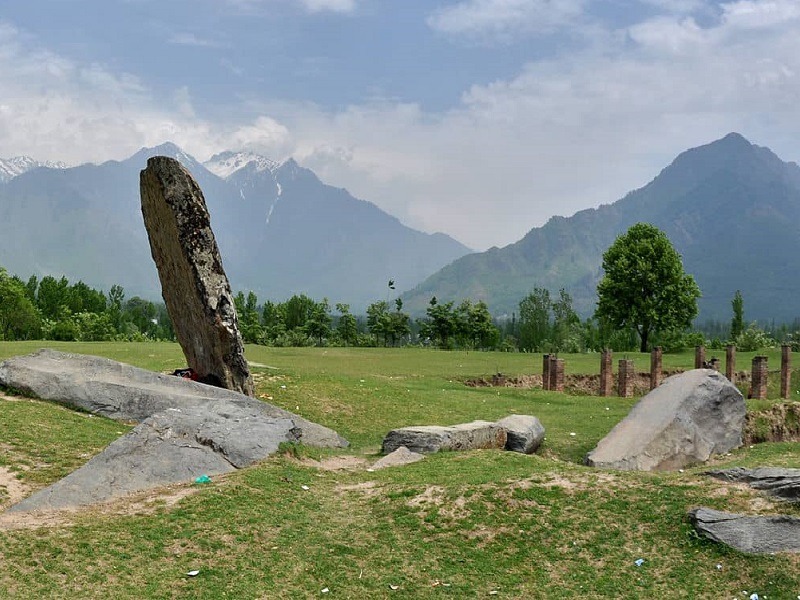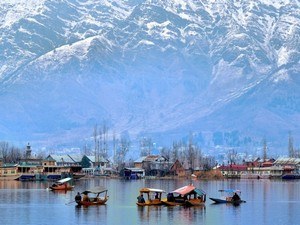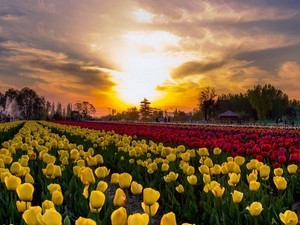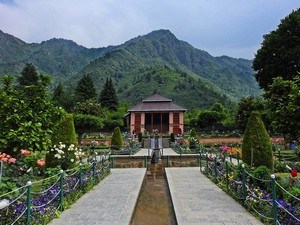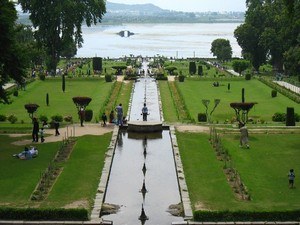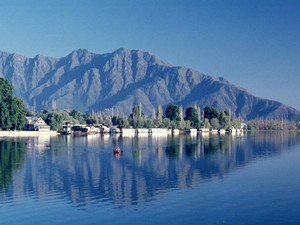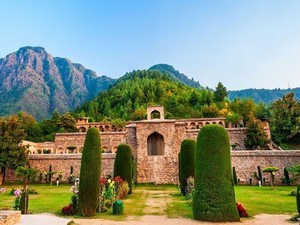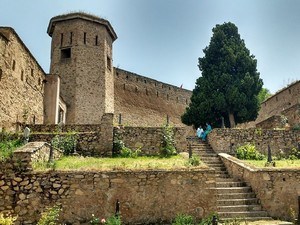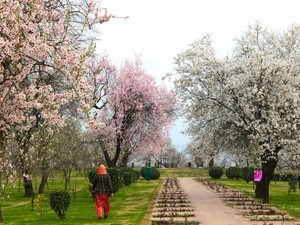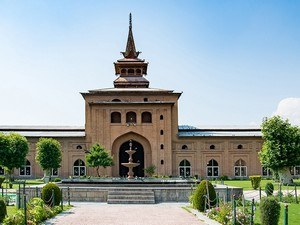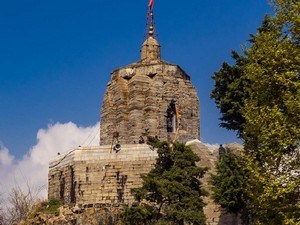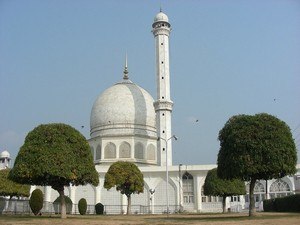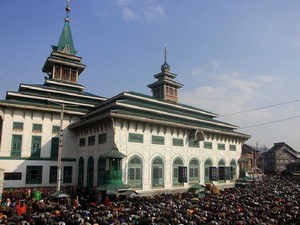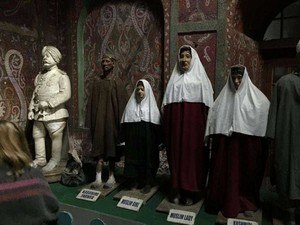Burzahom Archaeological Site, Srinagar - Timings, History, Architecture, Best Time to Visit
 #26 of 31 Places to Visit in Srinagar
#26 of 31 Places to Visit in Srinagar
 Distance (From Srinagar Bus Station): 14 Kms
Distance (From Srinagar Bus Station): 14 Kms
 Trip Duration (Including Travel): 1-2 Hours
Trip Duration (Including Travel): 1-2 Hours
 Place Location: In The Village Of The Burzahom
Place Location: In The Village Of The Burzahom
 Transportation Options: Cab
Transportation Options: Cab
 Travel Tips: None
Travel Tips: None
At a distance of 14 km from Srinagar Bus Station, Burzahom Archaeological Site is a prehistoric settlement located in the village of the Burzahom in the Srinagar district of Jammu and Kashmir. Situated in the Kashmir Valley, it is one of the popular places of heritage in Kashmir, and among the best places to visit in Srinagar.
Located on a 'karewa' between the banks of the Dal Lake and the Zabarvan Hills, the Neolithic site of Burzahom showcases different stages of the evolution of people from food gatherers to food producers, between 3000 BC and 1000 BC. The site was discovered by H De Terra and TT Peterson of a Yale-Cambridge expedition in 1935. Burzahom in Kashmiri means home of birch, a tree species, and it seems that there were a lot of birch trees in the area during that period.
During the excavations, the archaeologists unearthed a large number of artifacts, many in good condition, and they have provided an insight into the ancient era. The discovery of tools made out of animal bones and antlers, and animal burials are unique features of the Neolithic culture of Burzahom and are not found at such sites in other parts of the country. The discovery of bone needles, cotton, wool, and other fabrics has added a new chapter to the ancient Kashmir economy by proving that the Kashmir Valley had a dominant textile industry thousands of years ago.
Pottery made in Burzahom showed close affinity to those found in the Swat valley in Pakistan, particularly in respect of the shapes and decorations of the blackware pottery. The burial practices and type of tools recovered from the site were inferred as having a close resemblance to those found in the North Chinese Neolithic culture. The excavations also revealed details about how the community adapted to the adverse climatic conditions with innovations such as underground dwelling pits and the use of wool. Being the only surviving evidence of human settlements, the place has been declared a World Heritage site by UNESCO.
Timings: 9. 30 AM - 5. 30 PM
Entry: Free



